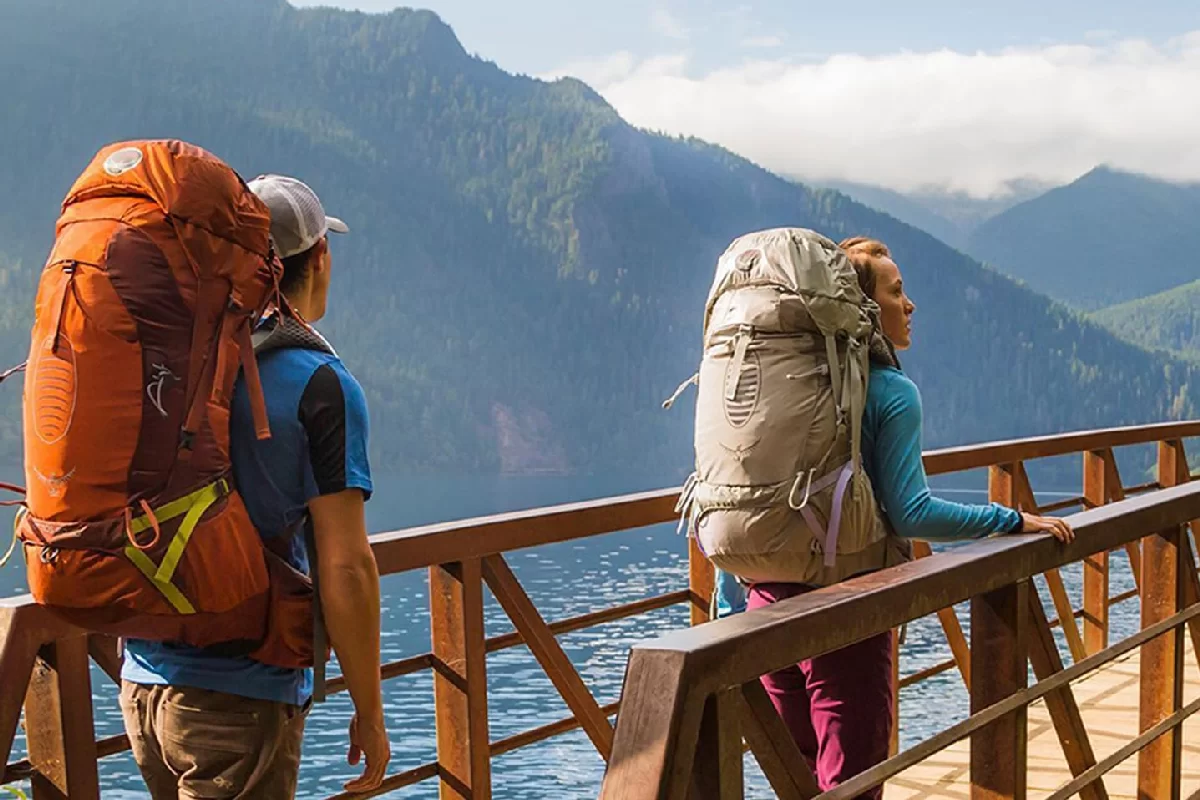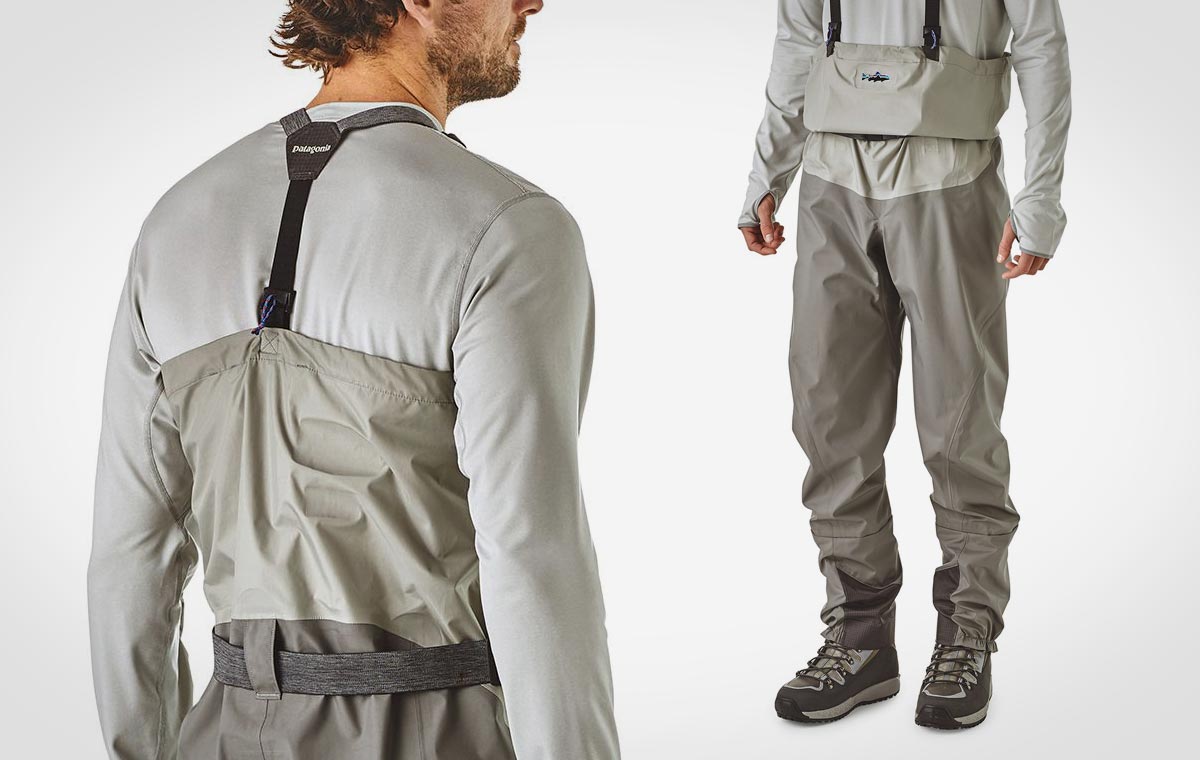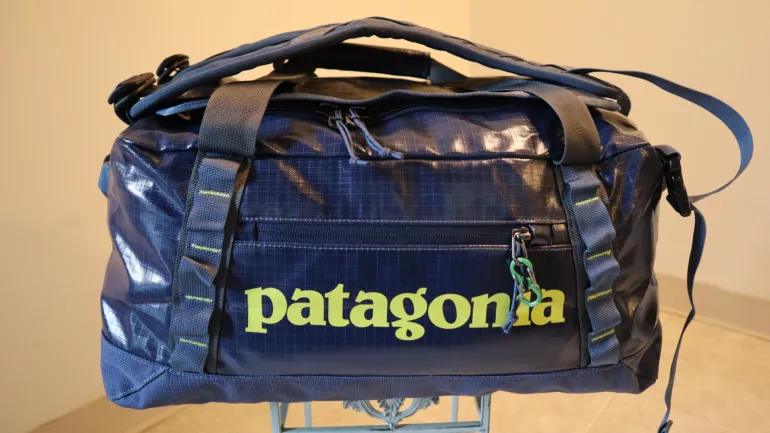Comfort/Fit
The Atmos 65 AG is as comfortable as any pack I have ever tested. It takes a few extra minutes to dial in all the adjustments on the hip belt and shoulder harness for maximum comfort, but once you get it just right, you will be singing its praises. The pack felt very light and agile and the Anti-Gravity padding and functionality provided amazing comfort.
The Atmos 65 AG hip belt allows adjusting on the fly and allows for up to 3 inches of adjustment on each side. This ensures a perfect fit every time, regardless of the number of layers of clothing or extra couple of pounds you may have picked up. The Anti-Gravity system is incorporated into the wings of the hip belt providing overall comfort and a bit of tension allowing a great wrap around effect. Two large zippered pockets on the hip belt provide good storage options.
The Atmos 65 AG back panel is part of Osprey’s Anti-Gravity system that has a one piece mesh system that encompasses the entire back panel all the way down, around on the hip belt, and along the shoulder straps. This system allows the pack to maintain constant contact with the user, but allows for amazing ventilation. A slight curve in the frame accentuated the ability for heat to escape and made this pack one of the best ventilating packs I have tested. Pair that with the ability to adjust the shoulder harness up to 4 inches and this pack has comfort written all over it.
Storage
The Osprey Atmos 65 AG features the traditional top storm flap and bottom sleeping bag compartment access points to the main compartment. The sleeping bag divider can be removed to allow for a larger single main compartment. The outside of the pack has two large, vertical, easy-access zippered pockets running along both sides of the pack that are great for storing extra clothing. The Atmos 65 AG also comes with the mainstay large stretchy mesh pocket on the back of the pack that provides even more storage options.
The lid has two zippered storage pockets, one a bit larger than the other, and the lid itself is adjustable to allow for storage of things like a sleeping pad or tent under the lid but on top of the main compartment. The lid is also removable to allow you to save weight if necessary and the integrated Flap Jacket allows you to cover the pack with a low profile material to provide extra protection for your contents.
On each side of the pack, Osprey has incorporated stretch mesh side pockets that provide dual entry. They therefore have multiple uses, including storing a water bottle in the traditional, vertical position or at an angle. I find it difficult to remove a bottle on the fly from this type of pocket using the vertical method, but it is significantly easier when storing it at an angle.
The Atmos 65 AG has an internal hydration sleeve that will hold up to a 3-liter hydration bladder and two large zippered hip belt pockets that are large enough for a small camera, snacks, a GPS, gloves and/or a smart phone.
Stability
This pack felt stable with loads in the 40 to 50 pound range and did not sway, shift, or float and the Anti-Gravity hip belt and back panel made the pack feel like it was one with my body. The Atmos 65 AG has a rigid enough frame to remain in place when scrambling or making steep ascents and never gave me the “I am carrying a big load” feeling.
Durability
The Atmos 65 AG proved very tough and durable even in the worst of conditions. The zippers, pockets, and fabrics all performed well and showed no damage after two months of continued use and if something were to go wrong, the Osprey All Mighty Guarantee is second to none.
The Verdict
The redesigned Osprey Atmos 65 AG backpack is significantly more comfortable than its predecessor and reaches the pinnacle of comfort for a large backpack. The Atmos 65 AG still has the organizational features of the previous model providing versatility and enhancing comfort all in one package.










